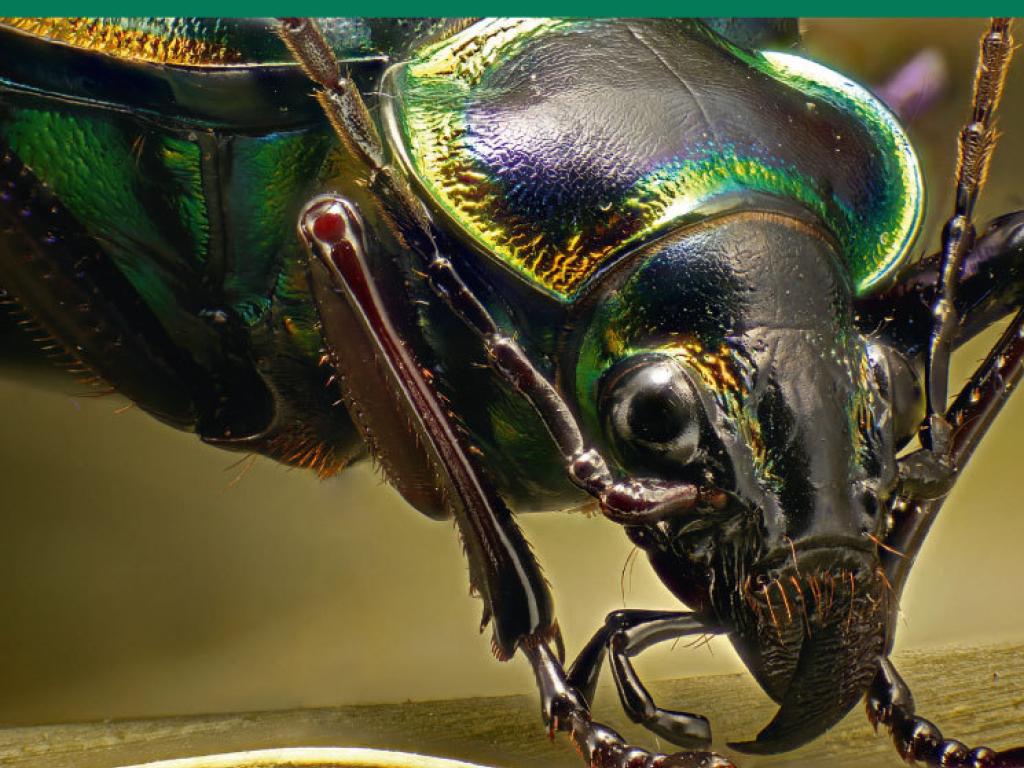Climate change leads to increasing population density and impacts of a key island invader

McClelland, G. T. W., Altwegg, R., Aarde, R. J., Ferreira, S., Burger, A. E., Chown, S. L. • 2018
The considerable threats of invasive rodents to island biodiversity are likely to be compounded by climate change. Forecasts for such interactions have been most pronounced for the Southern Ocean islands where ameliorating conditions are expected to decrease thermal and resource restrictions on rodents. Firm evidence for changing rodent populations in response to climate change, and demonstrations of associated impacts on the terrestrial environment, are nonetheless entirely absent for the region. Using data collected over three decades on sub‐Antarctic Marion Island, we tested empirically whether mouse populations have changed through time and whether these changes can be associated significantly with changing abiotic conditions. Changes in invertebrate populations, which have previously been attributed to mouse predation, but with little explicit demographic analysis, were also examined to determine whether they can be associated with changing mouse populations. The total number of mice on the island at annual peak density increased by 430.0% between 1979–1980 and 2008–2011. This increase was due to an advanced breeding season, which was robustly related to the number of precipitation‐free days during the non‐breeding season. Mice directly reduced invertebrate densities, with biomass losses of up to two orders of magnitude in some habitats. Such invertebrate declines are expected to have significant consequences for ecosystem processes over the long term. Our results demonstrate that as climate change continues to create ameliorating conditions for invasive rodents on sub‐Antarctic islands, the severity of their impacts will increase. They also emphasize the importance of rodent eradication for the restoration of invaded islands